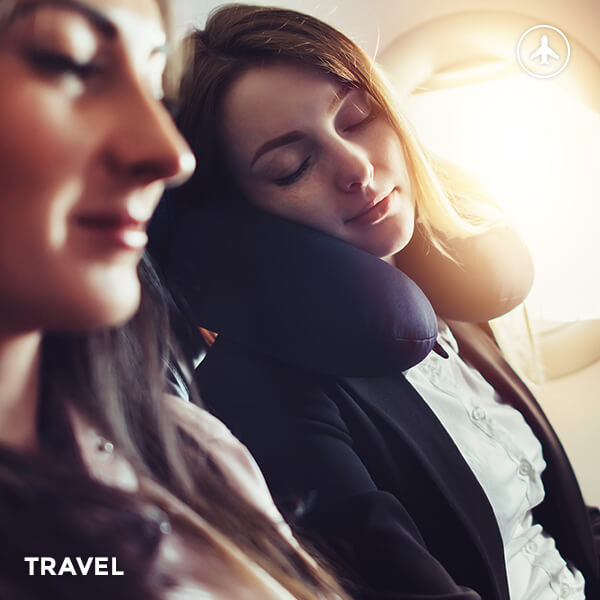Traveling by air can be an exciting experience, but it often comes with its own set of challenges. One common issue that many travelers face is discomfort or pain in their ears during flights. This is where airplane ear plugs come in handy. In this guide, we will explore the importance of choosing the right airplane ear plugs and provide you with valuable tips to ensure a comfortable journey.
The Importance of Choosing the Right Airplane Ear Plugs
When it comes to protecting your ears during air travel, not all ear plugs are created equal. The right pair of airplane ear plugs can make a significant difference in your comfort level and overall flying experience. They are designed to reduce the pressure changes that occur during takeoff and landing, which can cause discomfort or even pain in the ears.
Choosing the right airplane ear plugs involves considering factors such as material, fit, and noise reduction capabilities. Let's delve deeper into each of these aspects.
Material
One of the key factors to consider when choosing airplane ear plugs is the material they are made of. There are various materials available, including foam, silicone, and wax. Foam ear plugs are popular due to their ability to conform to the shape of the ear, providing a snug fit and effective noise reduction. Silicone ear plugs are reusable and offer a comfortable fit. Wax ear plugs are moldable and can be customized to fit your ears perfectly.
Each material has its own advantages and disadvantages, so it's important to choose the one that suits your preferences and needs. Experimenting with different materials can help you find the perfect fit.
Fit
The fit of your airplane ear plugs is crucial for their effectiveness. Ill-fitting ear plugs may not provide adequate protection against pressure changes and noise. It's essential to choose ear plugs that fit snugly in your ears without causing discomfort. This ensures a proper seal, preventing unwanted noise from entering and reducing the risk of ear pain.
There are different types of ear plugs available, such as foam ear plugs that expand to fit the ear canal, or custom-molded ear plugs that are made specifically for your ears. Trying out different types and sizes can help you find the best fit for your individual needs.
Noise Reduction Capabilities
In addition to protecting your ears from pressure changes, airplane ear plugs can also help reduce the noise levels during flights. The constant hum of the airplane engines and the noise from fellow passengers can be distracting and contribute to fatigue. Choosing ear plugs with good noise reduction capabilities can create a more peaceful and relaxing environment.
Look for ear plugs that have a high noise reduction rating (NRR) to ensure effective noise reduction. The NRR indicates the amount of noise the ear plugs can block out. The higher the NRR, the better the noise reduction.
Conclusion
Choosing the right airplane ear plugs is essential for a comfortable and enjoyable travel experience. By considering factors such as material, fit, and noise reduction capabilities, you can find the perfect pair of ear plugs that suit your needs. Remember, everyone's ears are unique, so it may take some trial and error to find the ideal ear plugs for you.
For more information on choosing the right airplane ear plugs, check out these credible sources:

